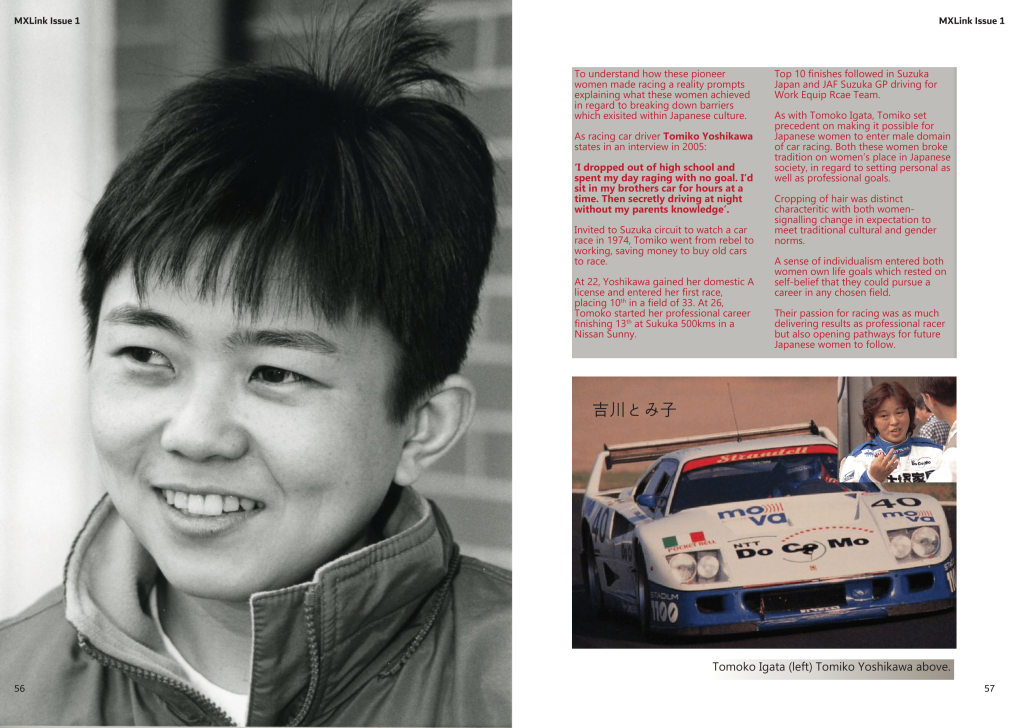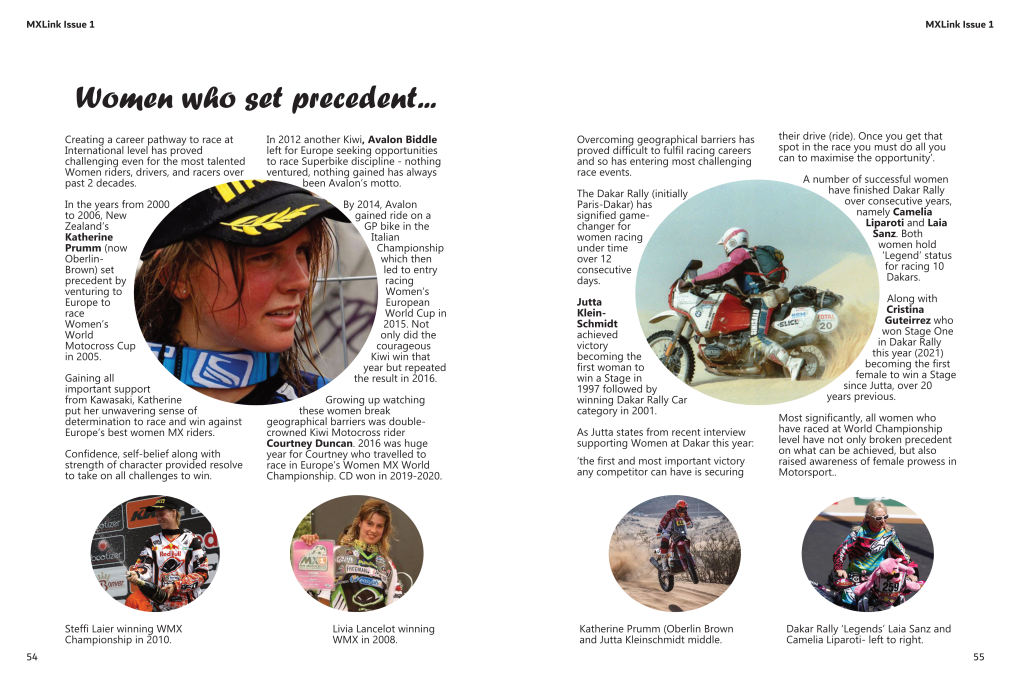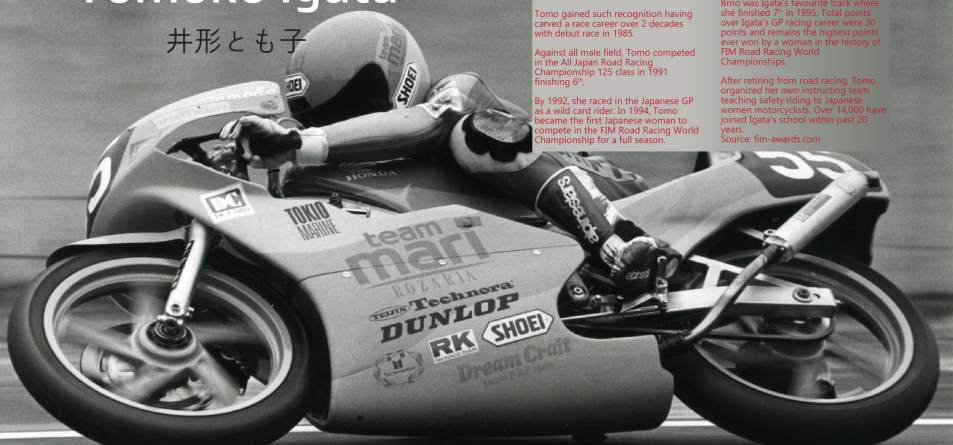AI – How will AI impact journalism in Motorsport – specifically the cultural and historical perspectives of women racing from the past to the present day? As researched, posing a question to Google AI Mode answers can vary from a comprehensive break-down of women who have set precedent racing against their male counter-parts, to racing all-female Championships, along with an overview of women facing and overcoming gender, societal, and financial challenges to race.

Most certainly, such a condensed format of information provides reader’s insight on women who have achieved high end results on the track while simultaneously establishing guide-lines on the progression women have made in their respective careers. A search on Japan’s pioneer women who broke cultural and societal barriers to race, AI sites Tomoko Igata who competed in the All Japan’s Road Race Championship 125cc from 1991 – 1993 with a best finish of sixth, along with Tomiko Yoshikawa and Keiko Ihara who became Japan’s first women to race in the 24 Hours of Le Mans.
A further deep dive in AI which sites wikipedia as a source of information highlights race results, analysis of performances, years of racing, and accolades achieved for each woman – begging the question – how did these women butt traditions which had been firmly entrenched in Japan’s society, public domain, and families – to actually race? Careful investigation, interviews, and creative Q @ A by MXLink journalist revealed these women shirked all expectations to conform to traditional pathways for females, cut their hair short to look like a boy, practiced driving their brother’s car in the middle of the night, and proved to their families that they were capable of racing against men.

If AI provides statistical data, facts, and evidence on women who have carved racing careers and become role models for younger female generations to aspire to, journalists provide the personalized explanation on how these women realized their dreams. Articles cite the harsh realities women took on board to conquer – noting that the fear of unknown results was not greater than the desire to race. Such emotive elements in play cannot be calculated in hind-sight as each women fulfilled goals with no blue-print as a guide. The role of the journalist is to discover the meaning behind why these women broke the shackles of culture and tradition to gain freedom to choose their own calling racing cars in their chosen discipline.
Header photo: Article on Tomoko Igata in Women in Motorsport Magazine published by MXLink.
Words: Sharon Cox.





Comments are closed.